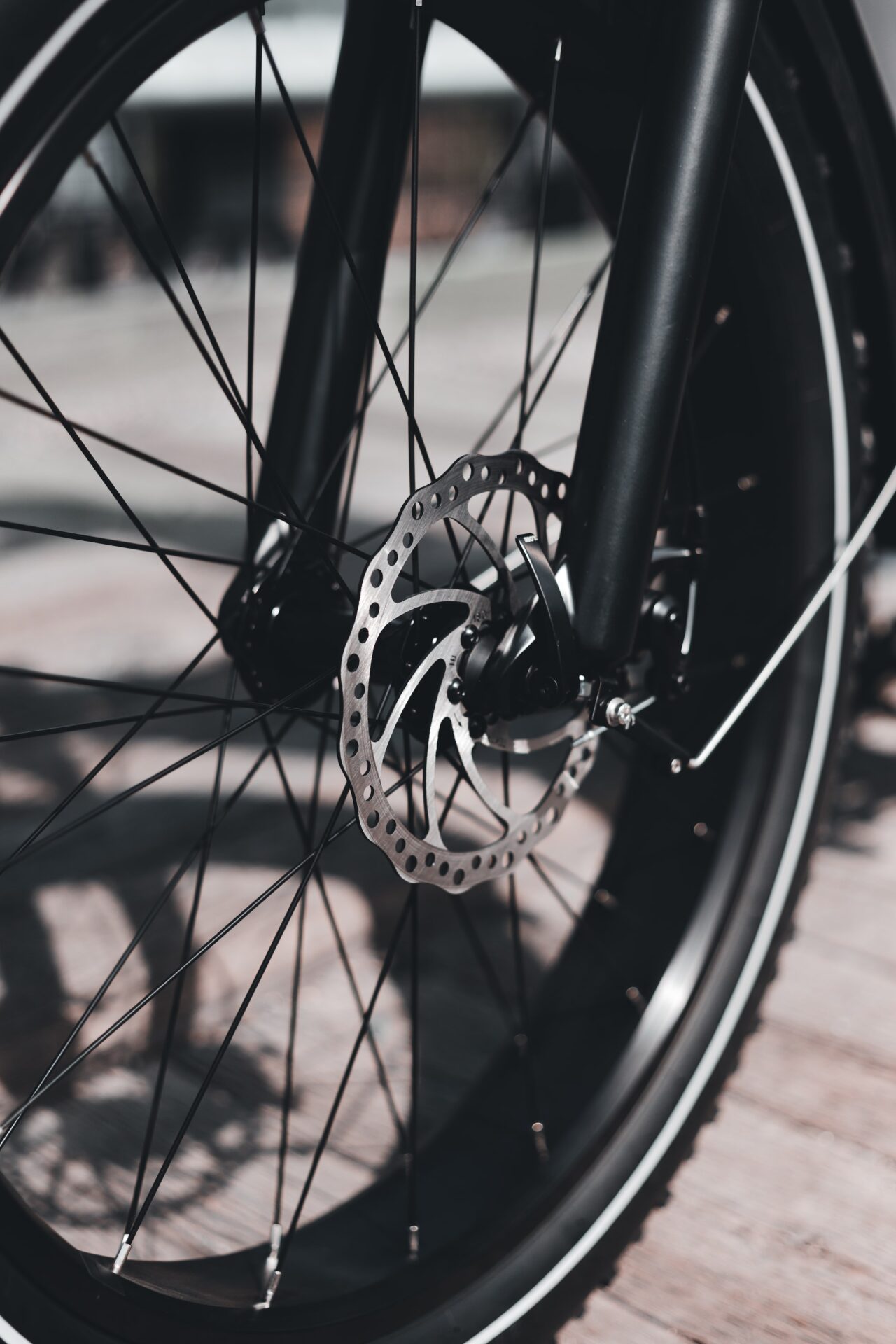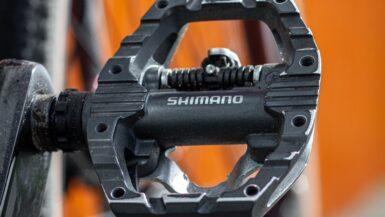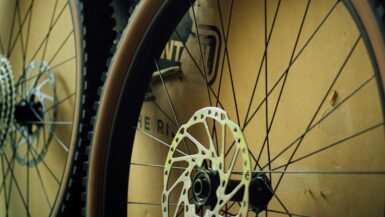The type of terrain a mountain biker encounters can significantly impact their performance and safety. Different landscapes require different mountain bike brakes, and understanding the best options for each type of terrain is essential. For rough off-road terrain, disc brakes are typically the best choice. Smooth tarmac terrain is best suited for rim brakes, while mud and snow require hydraulic disc brakes. Different types of terrain, such as rocky terrain, gravel, gravel slopes, and hilly and cross-country terrain, also require specific brakes for optimal performance. Mechanical disc brakes are considered the best option for all landscapes and rider preferences, as they provide superior stopping power and modulation in all weather conditions.
Terrain Types
There are many different types of terrain that a mountain biker will encounter, and each one requires its kind of brakes. Understanding the different types of terrain and which brakes are best suited for them is essential for optimal mountain biking performance.
Rough Off-Road Terrain
Rough off-road terrain is characterized by its unevenness – rocks, roots, and loose dirt surfaces. For this type of terrain, disc brakes are generally the best choice. Disc brakes provide a powerful stopping force and have excellent modulation, making them ideal for various off-road conditions.
Smooth Tarmac Terrain
Smooth tarmac terrain is often encountered in mountain bike parks and on trails that have seen a lot of use. For these surfaces, rim brakes are the best option. Rim brakes are lightweight and provide excellent stopping power, making them a great choice for smooth tarmac terrain.
Mud and Snow
Mud and snow can be some of the most challenging terrains for mountain biking. For these surfaces, hydraulic disc brakes are the best choice. Hydraulic disc brakes offer superior modulation and braking power, perfect for the slippery conditions of snow and mud.
Differences in Terrain
Mountain biking is an enjoyable and thrilling pastime, but it depends on the right equipment. One of the essential pieces of the kit is the right mountain bike brakes for the terrain and rider preferences.
Mountain Biking in Rocky Terrain
If you are mountain biking in rocky terrain, you will need mountain bike brakes that are highly responsive and powerful. Such brakes should feature strong stopping power and an ergonomic design, making them comfortable during more extreme rides. Magnetic brakes are typically a popular choice for more technical terrain.
Gravel and Gravel Slopes
For gravel and gravel slopes, you will need mountain bike brakes that provide excellent grip and control but have a lighter feel than those for rocky terrain. Disc brakes are suitable for such terrain, as they offer greater control and better stopping power.
Hilly and Cross-Country Terrain
For hilly and cross-country terrain, it is vital to have mountain bike brakes that offer a robust and responsive braking system. Hydraulic disc brakes are a good option as they provide excellent power and smooth control. Plus, they are resistant to overheating even on long and challenging rides.
The Best Mountain Bike Brakes for Different Terrain and Rider Preferences
When choosing the best mountain bike brakes for different terrain and rider preferences, you must consider the type of terrain and the kind of riding you plan to do. Magnetic brakes are suitable for rocky terrain, disc brakes for gravel and gravel slopes, and hydraulic disc brakes for hilly and cross-country terrain. Ultimately, the best mountain bike brakes for you will depend on the type of terrain you plan to ride and your individual preferences.
Mechanical Disc Brakes
Mechanical disc brakes are considered the best mountain bike for all terrains and rider preferences. These brakes offer the best stopping power and modulation for the steepest and roughest trails. Unlike rim brakes, mechanical disc brakes are not affected by wet and muddy conditions, which makes them perfect for all-weather riding.
Advantages of Mechanical Disc Brakes
Mechanical disc brakes offer several advantages for mountain bike riders. They provide superior stopping power and modulation so you can control your speed better. The brakes are also more adjustable than rim brakes, allowing you to dial in the perfect amount of stopping power. Additionally, mechanical disc brakes are more durable than rim brakes and require less maintenance.
Types of Mechanical Disc Brakes
There are two mechanical disc brakes available for mountain bike riders: cable-actuated brakes and hydraulic brakes. Cable-actuated brakes are cheaper and easier to adjust but require more maintenance and don’t provide as much stopping power as hydraulic brakes. Hydraulic brakes are more expensive and require more setup but offer superior stopping power and modulation.
Hydraulic Disc Brakes
These brakes are the most powerful and reliable mountain bike brakes. They create hydraulic pressure when the brake lever is squeezed, pushing fluid through the system and onto the brake caliper. This forces the caliper to move and press the brake pads against the disc rotor, which in turn slows the wheel.
Advantages of Hydraulic Disc Brakes
Hydraulic disc brakes offer unparalleled levels of stopping power and modulation. They can also be re-bled quickly and easily and are generally low-maintenance, making them an excellent choice for riders who don’t want to spend a lot of time tinkering with their brakes.
Disadvantages of Hydraulic Disc Brakes
The main disadvantage of hydraulic brakes is that they can be expensive compared to other brakes. They also require a constant supply of brake fluid; if the system runs dry, it won’t be very effective.
Best Uses of Hydraulic Disc Brakes
Hydraulic disc brakes are particularly well-suited to more technical terrain and aggressive riders. They offer so much power and control that they can be used for almost any mountain bike riding, from downhill to cross-country.
V-Brakes
Overview of V-Brakes
V-brakes, also known as linear-pull brakes, is one of the most popular brakes among mountain bikers. They are relatively lightweight, offer excellent stopping power, and are easy to adjust.
Advantages of V-Brakes
V-brakes are favored for their low weight, excellent stopping power, and simple installation and adjustment. They are also very affordable and widely available, making them popular in the mountain biking community.
Disadvantages of V-Brakes
The main disadvantages of V-brakes are their lack of braking power in wet or muddy conditions and the need for frequent adjustment. In addition, they can be susceptible to wear and tear over time.
Best Conditions for V-Brake Usage
V-brakes are best suited for dry, hard-packed trails and riders looking for a lightweight and economic brake system. They also work well for riders who prioritize adjusting their brakes precisely.
Factors to Consider
Mountain biking is a great way to stay active and explore the outdoors, but having the right brakes for the terrain and your riding style is essential. When choosing the best mountain bike brakes for your needs, there are a few key factors to consider.
Type of Brakes
The two main types of bike brakes are disc brakes and rim brakes. Disc brakes are the more popular choice for mountain biking, as they are more effective at slowing down and stopping your bike on steep and technical terrain. Rim brakes are less powerful but lighter and more user-friendly, so they are best suited to less extreme terrain.
Brake Pad Material
The material of your brake pads can also affect performance. Traditionally, brake pads were made of organic materials such as cork. Still, more advanced materials, such as ceramic or semi-metallic, provide better-stopping power but can be more expensive.
Weight
Weight is another critical factor when choosing the best mountain bike brakes. Disc brakes tend to be heavier, but are usually more powerful, while rim brakes are lighter but less powerful.
Price
The cost of your brakes can also be a factor when deciding which type to choose. Disc brakes tend to be more expensive but often offer more stopping power for more demanding trails. Rim brakes are cheaper but may not provide the same level of performance.
Maintenance
Finally, you should consider the maintenance requirements of your brakes. Disc brakes require more frequent maintenance, while rim brakes require less. Depending on your riding style and terrain, you should choose the brakes requiring minor upkeep.
Considering these factors, you can select the best mountain bike brakes to suit your riding style and terrain. With the right brakes, you can enjoy your adventures with more confidence and less stress.
Conclusion
When it comes to mountain bike brakes, there is no one-size-fits-all solution. The best mountain bike brakes for different terrain and rider preferences should be chosen based on the terrain you’ll be riding, the conditions you’ll encounter, and your individual riding style and needs. Disc brakes are ideal for rough off-road terrain, rim brakes for smooth tarmac surfaces, and hydraulic disc brakes for mud and snow. Remember to consider all these factors when deciding on the right brakes for your mountain bike, as they are a crucial part of your setup and can affect the type of terrain and speed you can tackle.






Leave a reply